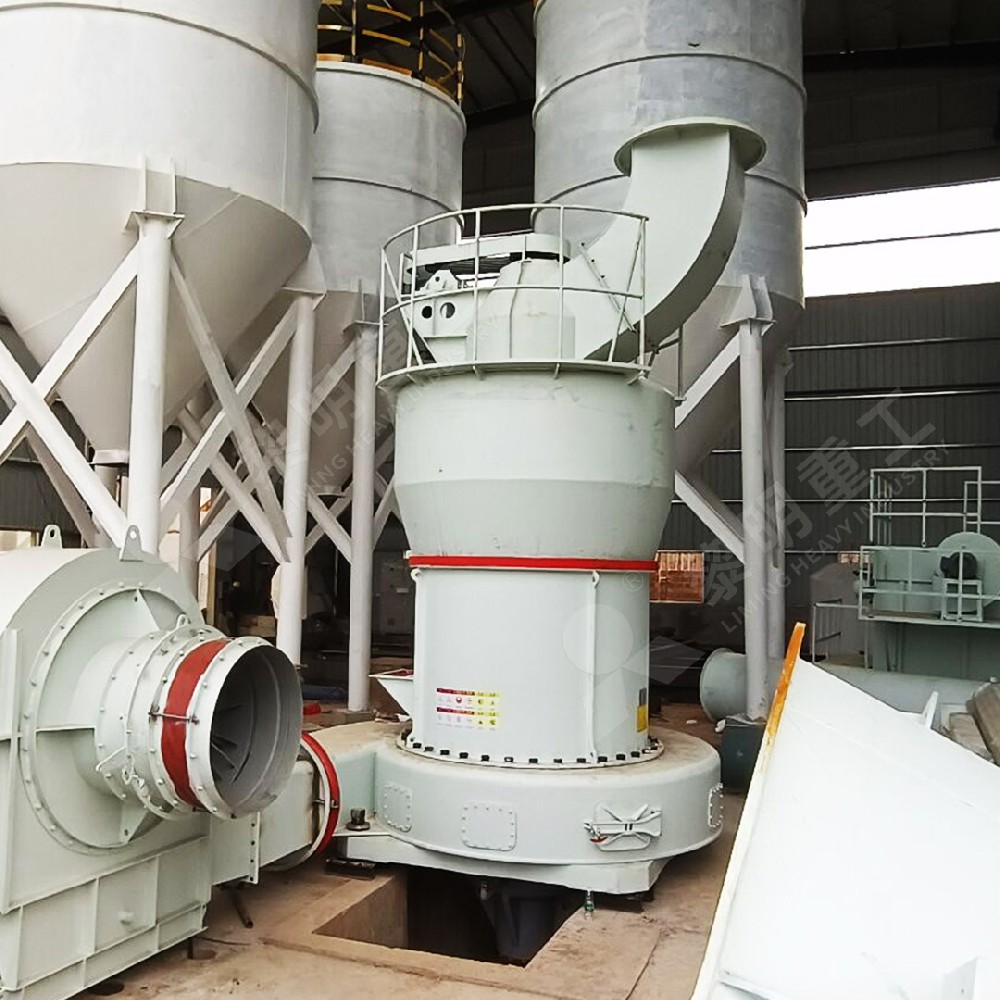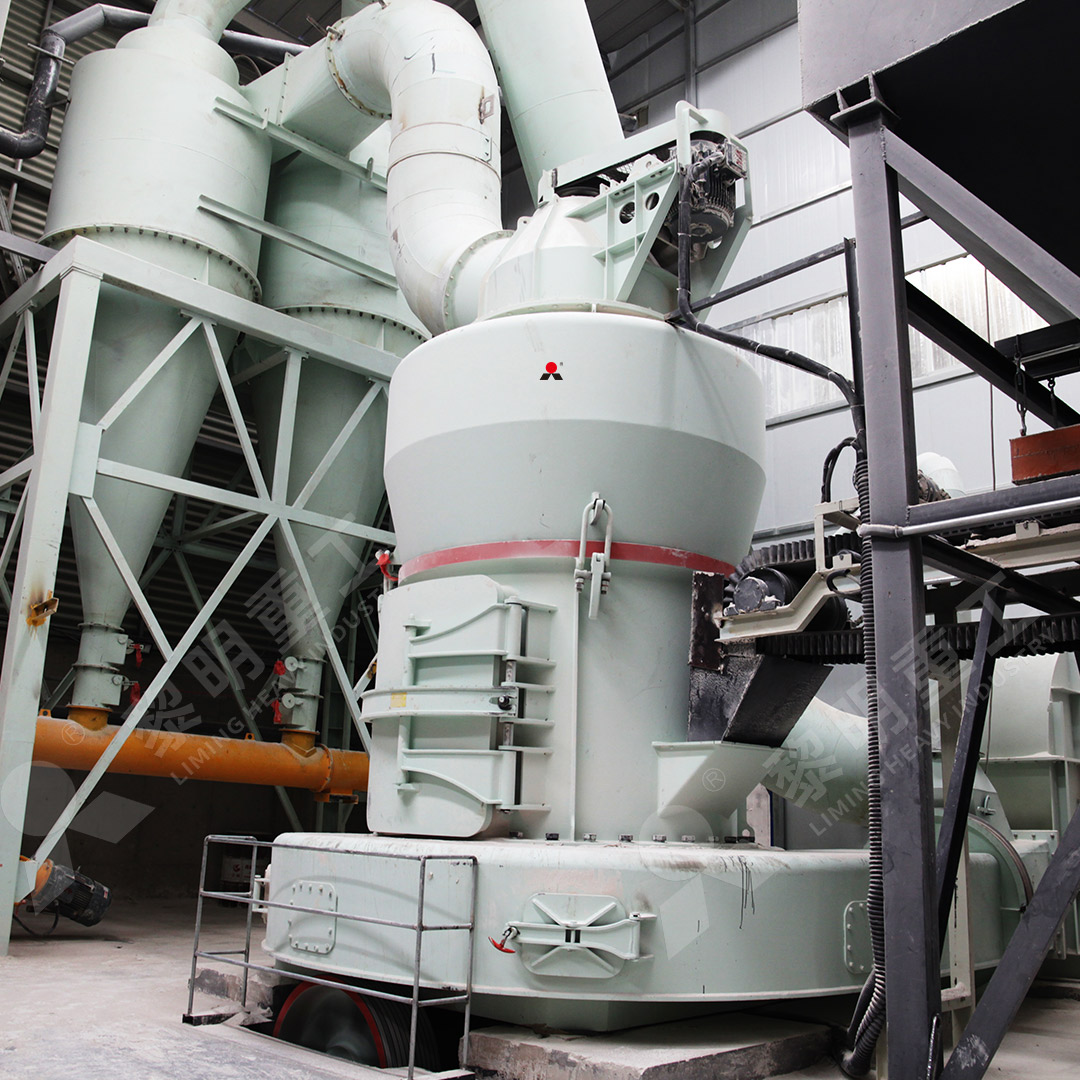Technical Deep Dive: Optimizing Your 325 Mesh Gypsum Grinding Mill Operation in Kenya
Introduction
The decision to invest in a 325 mesh gypsum powder grinding mill in Kenya is a strategic one. However, the long-term profitability and competitiveness of the operation hinge on a deep understanding of the technology and its optimization. Moving beyond mere ownership to mastering the operational parameters is what separates a successful plant from an underperforming asset. This article provides a technical deep dive into the key factors—from raw material preparation to system maintenance—that ensure a Kenyan grinding mill operates at peak efficiency, delivering consistent, high-quality 325 mesh gypsum powder.
Core Components of a Modern Grinding Mill System

A complete grinding plant is more than just the mill itself. It is an integrated system comprising several key components:
Crusher: Gypsum ore is first crushed by a jaw crusher or hammer crusher to a smaller size (e.g., below 20mm) to facilitate feeding into the grinder.
Bucket Elevator & Feeding System: This system consistently and automatically transports the crushed gypsum to the mill's inlet.
The Grinding Mill (The Heart): For 325 mesh gypsum, the most common and efficient choice is a Vertical Roller Mill (Raymond Mill is a common type). Inside the mill, rollers press against a rotating grinding ring, pulverizing the material. The fineness is controlled by an integrated classifier.
Classifier: This is a critical component for achieving 325 mesh. It uses centrifugal force to separate fine particles from coarse ones. Coarse particles are rejected back to the grinding chamber for further milling, while the fine,合格 product (325 mesh) is allowed to pass through.
Dust Collector (Pulse Bag Filter): A high-efficiency dust collector is mandatory for environmental compliance and product recovery. It captures over 99.9% of the fine powder, ensuring a clean working environment and maximizing yield.
Control System: Modern mills feature PLC-based control systems that allow for automated operation, remote monitoring, and precise adjustment of key parameters.
Key Operational Parameters for Achieving Consistent 325 Mesh

Achieving and maintaining the target 325 mesh fineness requires careful control of several variables:
Moisture Content of Feed Gypsum: The raw gypsum should be dried to a moisture content of below 5-6%. Excessive moisture leads to clogging, reduced throughput, and inefficient grinding.
Grinding Pressure: In a roller mill, the hydraulic pressure applied to the grinding rollers directly impacts grinding efficiency and fineness. Optimal pressure must be calibrated for the specific gypsum characteristics.
Classifier Speed: The rotational speed of the classifier is the most direct control for adjusting product fineness. A higher speed typically results in a finer product, as the centrifugal force allows only the smallest particles to pass.
Feed Rate: A consistent and optimal feed rate is crucial. Overfeeding can overload the mill and classifier, leading to a coarser product, while underfeeding reduces efficiency and can cause mill vibration.
Maintenance and Downtime Mitigation in the Kenyan Context
Proactive maintenance is the key to high availability and low lifetime operating costs. A tailored maintenance plan for Kenyan operations should focus on:
Wear Parts Management: Grinding rollers and rings are consumable parts. Monitoring their wear and having a stock of critical spares prevents extended, unplanned shutdowns.
Dust Collector Bag Inspection: Regularly inspecting and replacing filter bags is essential to maintain system airflow and collection efficiency.
Lubrication Regime: Strict adherence to the manufacturer's lubrication schedule for gears and bearings is non-negotiable, especially in dusty industrial environments.
Training Local Technicians: Investing in the training of local maintenance crews ensures that minor issues can be resolved quickly without waiting for external support, dramatically reducing downtime.
Conclusion
Operating a 325 mesh gypsum grinding mill at peak performance in Kenya is a technical endeavor that rewards diligence and expertise. By understanding the system's components, meticulously controlling operational parameters, and implementing a robust, proactive maintenance strategy, operators can ensure their investment delivers maximum returns. This technical mastery not only boosts the bottom line but also elevates the quality standards of Kenya's industrial mineral sector, fostering a reputation for reliability and excellence.
FAQ
Q1: How do we accurately and consistently test if the output powder is truly 325 mesh?
A: The standard method is using a laboratory sieve shaker with a stack of certified test sieves, including a 325 mesh sieve. A sample of the powder is placed on the top sieve and shaken for a specified time. The percentage of material passing through the 325 mesh sieve is calculated. For more advanced and rapid analysis, laser particle size analyzers are used, providing a complete particle size distribution curve.
Q2: What are the most common operational problems that lead to a coarser product than 325 mesh?
A: The most common causes are: 1) Worn Grinding Rollers/Rings: Loss of grinding profile reduces efficiency. 2) Incorrect Classifier Speed: The speed may be set too low. 3) Over-feeding: The mill is choked, and material passes through without being fully ground. 4) High Moisture in Feed Material: Causes agglomeration and impedes classification.
Q3: Is a dedusting system really necessary, and what are the consequences of not having one?
A: Yes, a high-efficiency dedusting system (like a pulse jet bag filter) is absolutely necessary. Without it, you face: 1) Severe Product Loss: Up to 30% of your fine powder can be lost to the atmosphere. 2) Environmental Pollution: Violation of Kenyan NEMA regulations. 3) Health and Safety Hazards: Creating a dangerous work environment with airborne dust. 4) Equipment Damage: Dust infiltration can damage electrical components and machinery.
Q4: How often do the grinding rollers and rings need to be replaced?
A: The lifespan of these wear parts depends on the abrasiveness of the gypsum, operational hours, and grinding pressure. Typically, with continuous operation, rollers and rings may need refurbishment or replacement after 1,000 to 2,000 hours. Using hard-facing welding to rebuild surfaces can extend their service life significantly.
Q5: Can the system be automated to reduce the need for highly skilled operators?
A: Absolutely. Modern grinding mills are designed for high levels of automation. A PLC control system can automate the startup and shutdown sequence, maintain a constant feed rate, and monitor key parameters like grinding pressure and bearing temperature. This reduces the manual intervention required and makes operation more consistent and less dependent on an operator's constant attention.





